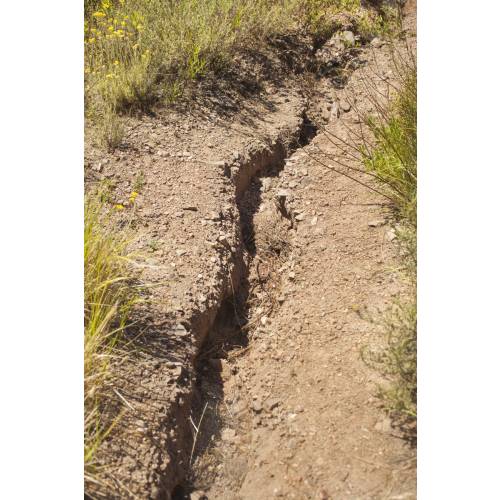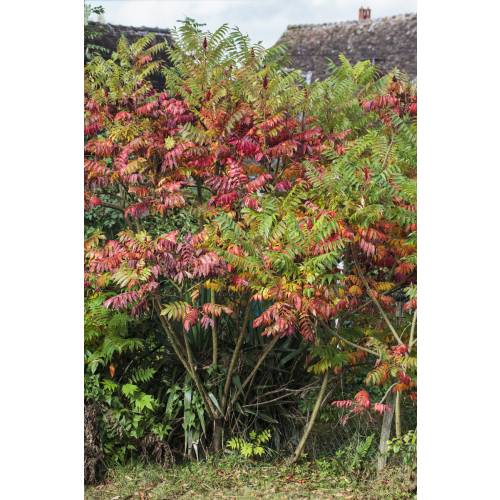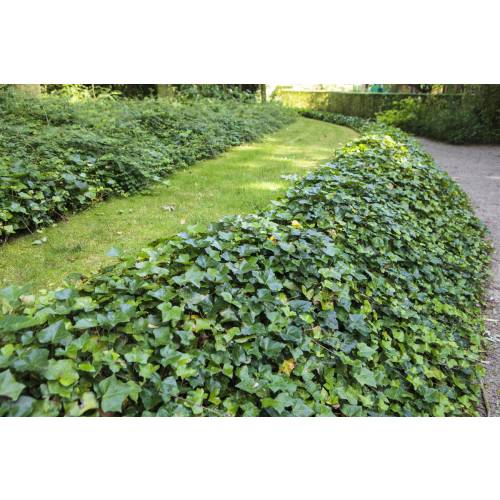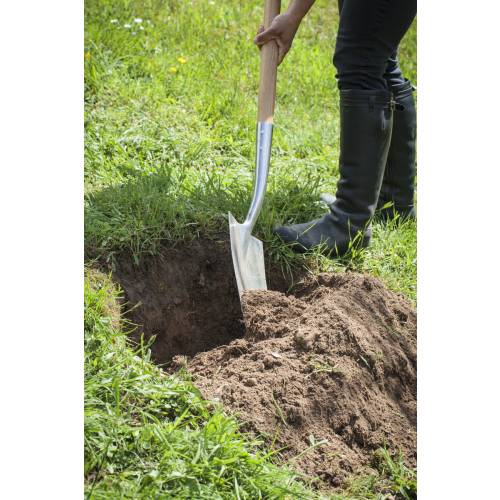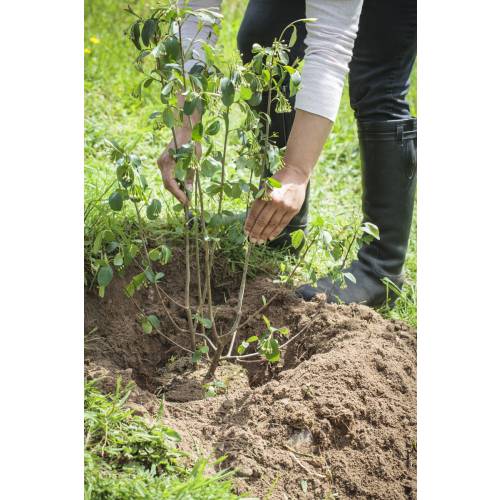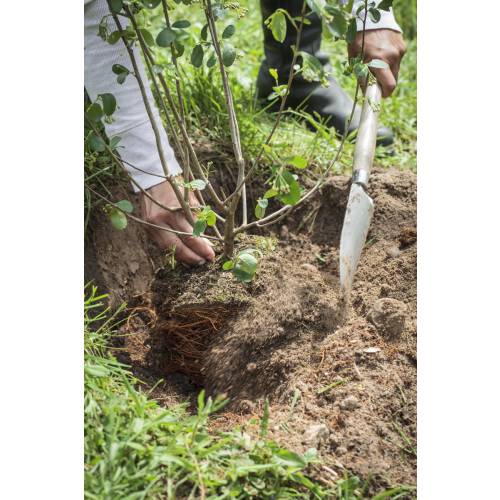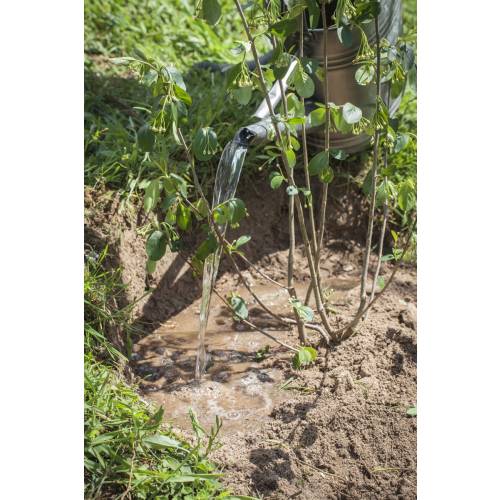
Choose plants in function of your garden
Consolidate an embankment thanks to plants
- Details
-
The right plants, with dense roots, hold the soil back and prevent it from land sliding. But they need to be well planted first to avoid them going with the soil!
Plants, the best rampart
A low wall or a wooden defence-structure hold the soil back but they can alter, meaning they can push the structure with time. In choosing plants with deep roots which act as efficiently as reinforced concrete, the soil cannot move and the risk of land sliding becomes less likely. To get to this result, the roots ‘system must be well established. It is a long-term undertaking as shallow roots (a lawn for example) do not prevent the soil from land sliding during heavy bad-weather. So, choosing the right plants to start with is essential.
The right plants
If the height that needs to be held back is no higher than 50cm, plants from the grass family are the best plants as they establish quickly. Blue Lyme grass (Leymus arenarius) and Spartina( Prairie cordgrass) in particular, with their tracing roots are even able to hold back sand dunes. Small shrubs like Rosa Pimpinellifolia (Burnet Rose) or the Kerria Japonica (Japanese Yellow Rose) are also suitable for this situation. Think also about Iris and Centranthus ruber (Jupiter’s Beard) which offer a flowered sight.
If the high is between 50cm and 1.50cm, you will have to plant shrubs which have a stronger stature and produce suckers like the Rugosa Rose (Japanes Rose), the Goji, Raspberry bushes, the Salix Repens (Creeping Willow), the Cornus sanguinea (Common Dogwood), Bamboos of the Phyllostachys variety, the Sumach (Rhus typhina), etc…
Beyond 1.50 m, you need plants which have extremely tough, deep roots, producing suckers. There is not a great deal of them. The Robinia pseudoacacia (False Acacia) has been popular for this a long time. Alongside, the Hippophae (Sea Buckthorn), the Japanese Quince, the Prunus spinosa (Blackthorn) and the Ulmus Campestris (English Elm) are amongst the best.
In the shade, the choice is more limited but Ivy is the best plant to cover a bank which is always in the shade. You can also plant some Honeysuckle (Lonicera nitida, golden variety), Symphoricarrpos (Snowberry) or again some Hypericum perforatum (St John’s Wort).
Planting
Loosen up the soil deeply, if the setup allows it. Plan for a thicker planting than on a level ground, for example one specimen every 50cm. A planting cover also avoids gully erosion, while waiting for all the plants to be placed in situ. Expect a wait of two years for your plants to be well established and independent regarding watering.
Step by step
1 Digg the planting holes, digging vertically regardless of the slope.
2 Place the specimen in the hole making sure that the earth ball is below the horizontal level of the hole.
3 Stabilise everything by building a mound of soil and if necessary use stones or stakes.
4 Build up a ridge of soil around each bush (watering basin) horizontally and water gently.
The right action
After a violent thunderstorm, bring back some soil around the specimens which have been left bare and wedge with flat stones. Straighten up and prop the stems if the erosion has a tendency to push the plants. - Photos (8)

